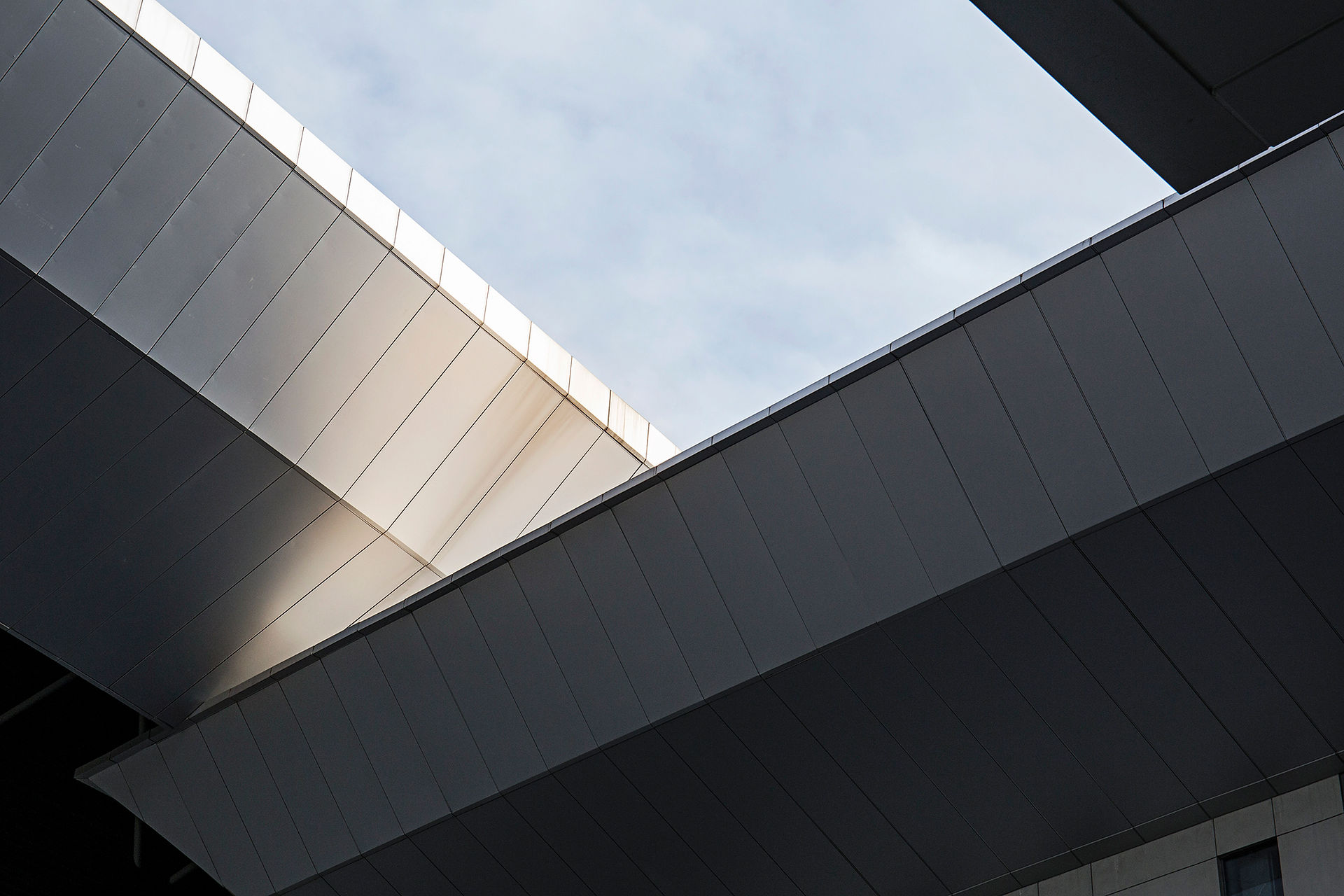They’re designing for the future
- jesusgomezsotelojr
- Jan 5, 2021
- 3 min read
Updated: Jan 7, 2021
College students gather to examine the possibilities for Pullman’s downtown

Jesus Gomez, a WSU landscape architecture student, discusses one of his designs for downtown Pullman Sunday after a design charrette at the Pullman Heritage Center.
“What’s really beautiful about this design charrette is that we have designers from landscape architecture, architecture (and) we have interior designers, We have a lot of people from the School of Design and Construction that are really wanting to be involved and really wanting to have their own idea out there and maybe have someone be inspired by that idea.” WSU landscape architecture student Jesus Gomez said.
A handful of architecture students, instructors and members of the Pullman community spent much of the weekend re-imagining the city they call home.
The Pullman Civic Trust started its first ever weekend-long Downtown Design Charrette with a reception Friday at the Pullman Depot Heritage Center. Participants spent the next two days bent over trace paper illustrating the range of possibilities for different spaces in Pullman’s downtown, including High Street Plaza and various points along the South Fork of the Palouse River.
PCT President Bobbie Ryder said charrettes are traditionally meetings that involve intense periods of design or planning activity and are rooted in 19th century practices of the Ecole des Beaux-Arts (the National School of Fine Arts) in Paris.
Ryder said the weekend’s event set out to illustrate ideas that have surfaced in recent years for the development of 17 sites identified by the PCT and partnering groups.
For many of these sites and prospective projects, these sketches represent the first substantive imaginings of what may lie ahead, Ryder said. While she admits there will likely be much professional engineering and planning to refine the ideas before they come close to becoming reality, Ryder said she hopes for these sketches to be a resource for designers who may tackle these spaces in the future.
“This process that we’re doing is really just about visualization and very conceptual drawings, but it really adds value to the whatever contractor that they select,” Ryder said. “Whatever design firm that they select will have a springboard, they’ll have a place to start from that people have expressed ideas about and then it can be up to them to take whatever we generate and deepen the conversation.”
Ryder said the Downtown Design Charrette is also a valuable exercise for local college students studying architecture and design. She said the intersectionality of disciplines represented in those who turned out to help through the weekend illustrates a diverse set of skills that could turned toward bettering the town.
Gomez, 23, spent Saturday afternoon carefully sketching development ideas for a point where the pedestrian path following the Palouse River could possibly dip below the bridge where it intersects Grand Avenue. Gomez pointed out the path would create a safer, more direct connection between downtown and the recently renovated Lumberyard Food Court across the street. He said projects like the Lumberyard show in some cases it’s not necessary to design a brand new space. Simply connecting existing, already developed spaces in a more cohesive way will do.
"It’s using all of what we already have available, It’s really integrating that and putting it on the map in Pullman — there’s a lot of opportunity.” Gomez said.
Many of those in attendance addressed new ways to recapture Pullman’s river-adjacent spaces in ways that bring in the community. These solutions included opening steep embankments currently choked with weeds and debris with terraced seating or even a small promenade where people could sit by the water on a sunny day.
Steve Austin, a clinical assistant professor with WSU’s school of Landscape Architecture, pointed out Pullman was once named “Three Forks” after the confluence of rivers within its boundaries, yet there are no points in the city that emphasize these natural water features. He said even the buildings on Main Street point their ugliest, most unfinished sides toward the river.
“I call it a river city but the river was a sewer when we first got here so why would you ever have stuff that opened onto your sewer,” Austin said. “So 120 years later, it’s not our sewer anymore — we need to make friends with it again.”
These and other problem areas addressed in the Downtown Design Charrette will be scanned and passed on to the city of Pullman for future reference, Ryder said. She noted the city is currently in the process of hiring a design consultant to create a master plan for Pullman’s downtown — and she believes work done at the charrette will be useful in that process.
“We’re just trying to keep the spark of these good ideas alive,” Ryder said. “This gets things moving, and that’s what we’re doing — the Pullman Civic Trust has always kind of been a spark.”
Scott Jackson can be reached at (208) 883-4636, or by email to sjackson@dnews.com.


Comments